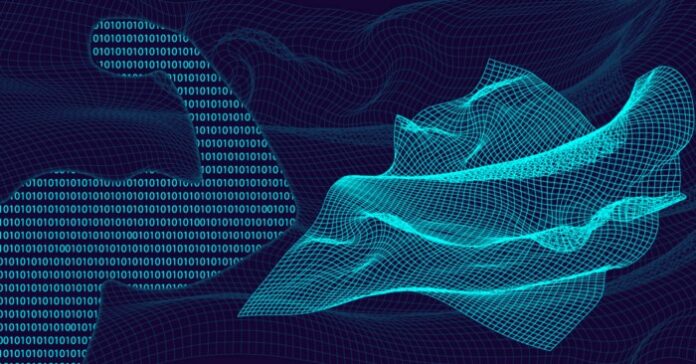In 2021, we can see enterprises transition from learning from big data to learning from small data.
Small data has been around for a long time than big data. Organizations realize that analyzing big data is expensive and time-consuming. Machine and deep learning require many hours of data labeling and non-compromising effort to train and set up a prototype.
Using humans to mark large volumes of data is labor-intensive and prone to errors, which affects the results’ precision. Human beings’ evolutionary advantage is a brain that quickly learns how to differentiate objects and instantly decides in “fight or flight” situations. We need to set up algorithms that learn in this way to scale the adoption of Artificial Intelligence.
Most of the companies do not have the volumes of previous data to coach machines. Such low defect rates do not give enough samples for machine learning. It would be more practical if machines could learn from a piece of one.
The technology for remote monitoring has existed. But the crisis points occurred in 2020 because of the pandemic. As people try to minimize exposure to the pandemic, more and more jobs are being performed remotely. There has been a significant move towards robotic process automation driven by cost savings.
However, remote monitoring is different. It is necessary because the ultimate decision-maker is still humans. Remote monitoring can be applied in all types of industries. Setting up remote monitoring depends on data and analytics.
With so many sensors set up, it is no surprise that time-series data is snowballing. Some analysts say that companies collect nine times more granular data than business data. Granular data delivered timely through high-speed networks with the arrival of 5G creates opportunities in smart manufacturing, digital health, high-frequency transactional systems.
Granular data is needed because it has diagnostic qualities that allow it to detect issues on the spot, predict future events, automate decisions, and trigger instant actions. However, they have been underrated because it is not easy to examine such a considerable amount of granular data. Finding exciting patterns and assign meaning to them is like finding treasure. The monetization opportunities are endless because of specific, meaningful ways.
Today companies are looking for new analytics platforms and algorithms to extract such treasures, build libraries of known patterns, and monitor them in real-time. Hence, new media, with new methods of analysis, are coming up in this field.

